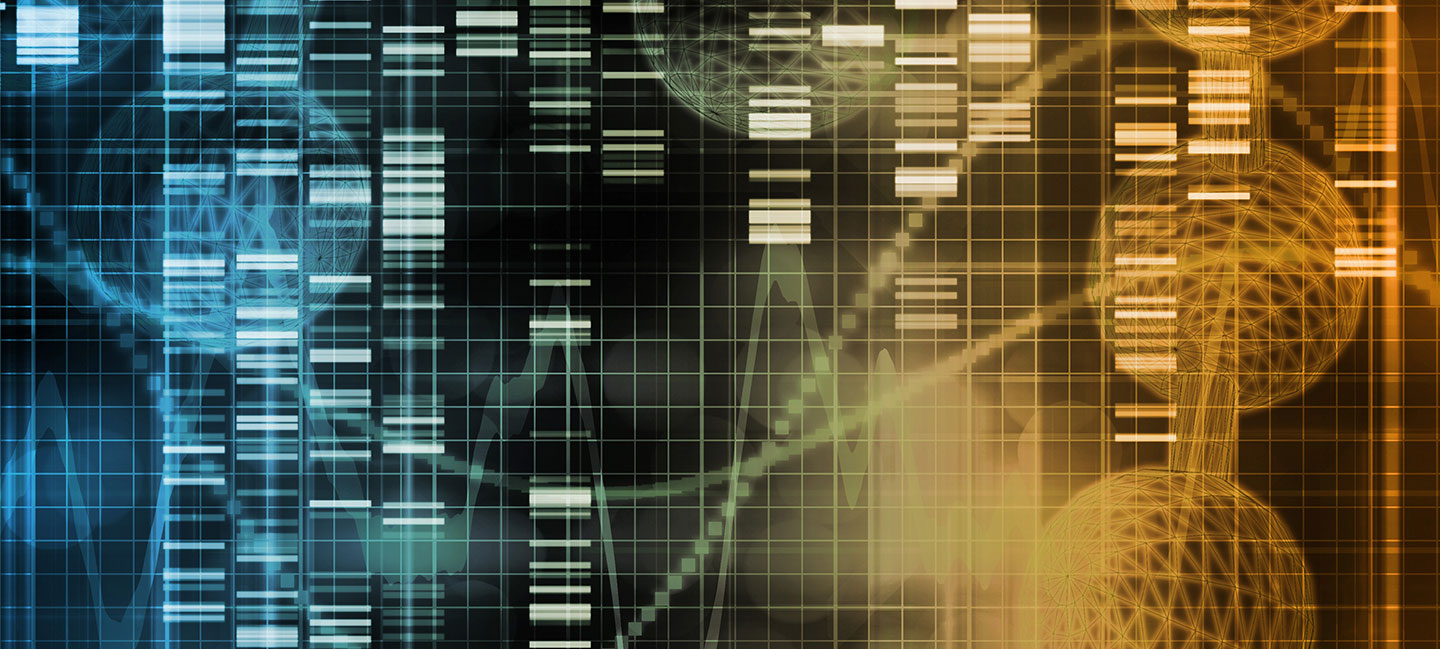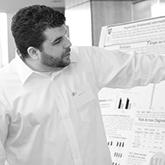Genetic Anomalies Frequently Associated with Neurodevelopmental Disorders Can Now Be Efficiently Recreated in the Lab
Genetic Anomalies Frequently Associated with Neurodevelopmental Disorders Can Now Be Efficiently Recreated in the Lab

A new method for recreating large-scale genetic anomalies known as copy number variations will make it easier for scientists to study the effects of those mutations, many of which have been linked to autism and other neurodevelopmental disorders. Scientists have already used the approach to create human cells that carry too many or too few copies of chromosomal regions known as 15q13.3 and 16p11.2 – copy number variations associated with a range of disorders including autism, schizophrenia, and intellectual disability. The achievement paves the way for studying exactly what goes wrong in cells that carry the defect, and could help researchers find ways to correct those problems.
The new method is an important new application of CRISPR, a research tool that is changing the way scientists “edit” genomes in the lab. Based on the cutting action of an enzyme found in bacteria, CRISPR enables researchers to cut and paste DNA in a manner not unlike that of adding and deleting letters in a word processor. It is much easier and more precise than prior genome modification methods.
NARSAD 2007 Distinguished Investigator James F. Gusella, Ph.D., and NARSAD 2012 Young Investigator Michael E. Talkowski, Ph.D., both of Harvard University and Massachusetts General Hospital, led the development of the new CRISPR-based technique, which they call SCORE. Their study was reported February 1 in the journal Nature Neuroscience.
Copy number variations, in which segments of DNA that can span dozens of genes have been deleted or duplicated, lead to abnormal levels of gene activity. The alterations are thought to be one of most common causes of neurodevelopmental and psychiatric disorders, but teasing out their precise effects has been difficult. SCORE offers researchers an efficient way to modify the DNA in lab-grown cells to introduce duplications or deletions that precisely match those that occur in individuals with a particular disorder.
The research team demonstrated their technique by replicating two specific copy number variations implicated in psychiatric disorders, but the approach can be readily applied to produce other mutations of the same type. That means researchers can explore the effects of any copy number variation by engineering cells that carry the mutation and comparing them to cells that lack the mutation, but are otherwise genetically identical—a strategy scientists hope will help illuminate what goes wrong in a wide range of disorders.



